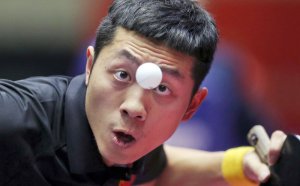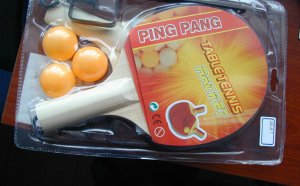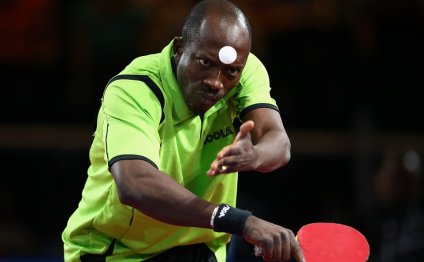
Good Table Tennis Serves
But on the whole, the serve is a much neglected part of lower level players, who prefer to practice their rallying skills when training, and like to talk about the best technique for a forehand loop. In this series of articles I'm going to redress that balance a little, as I concentrate on that oft-underrated stroke - the serve.
After all - every point has one!
I'm going to start in this article by discussing some general aspects that apply to all types of serves. In later articles in the series we will examine particular serves in more detail, such as the forehand pendulum serve, the backhand backspin/sidespin serve, etc.
Why Is the Serve Important?
What is it about the serve that makes it such an important stroke? Reasons include:- Control - it is the only stroke that you make where you have total control of the ball, without any interference or influence from the opponent. As such you should be able to do exactly what you want with the ball.
- Frequency - as I mentioned in jest above, every point starts with a serve. And considering that the average rally length at higher levels is often only 3-5 strokes, that means the serve makes up a pretty high proportion of shots played during a match.
- Setup - good use of serves can strongly influence the stroke played by the receiver, allowing a good server to predict the return and play more of his favourite third and fifth ball patterns.
- Pressure - a player who knows his opponent has better serves than he does will feel under pressure right from the start of the rally. Conversely, a player with better serves than his opponent will usually feel a bit more relaxed, knowing that he has an important edge every time he gets the serve.
- Knowledge - the better you are at serving yourself, the more you understand about how certain serves work, and the best ways to identify them and return them.
What Makes a Good Serve?
This is a trickier question to answer, because what could be a good serve under one set of circumstances could be a bad serve under another. So instead of giving a hard and fast definition of a good serve, I'll discuss several of the factors involved in serving, which work together in different amounts to make a serve good or bad depending on the situation.Long Serves
These are serves that bounce once on the opponent's side of the table, typically within six inches or so of his endline. The emphasis is on surprise and speed to force weaker returns from opponents, which can then be counterattacked. If your opponent is not caught off-guard, you may be getting a very strong attack coming back at you, so use with care!
Placement
The placement of the ball when served to the opponent will have an effect on whether the serve is a good or bad one. What makes for good or bad placement will depend largely on your opponent - different players stand in different positions when receiving serves, and also hold their bats differently in preparation for their receive. They will also have different strengths and weaknesses in returning serve (ie some will be better at flicking than pushing, some might be great at looping long balls on the forehand but weaker at long balls on the backhand).
Some things to be aware of in terms of placement are:
- Don't serve half-long serves (by my definition, these are serves that bounce once around the middle of the opponent's side, and then go over the endline). A good opponent will be looping or driving these back at you, putting you under pressure right from the start.
RELATED VIDEO

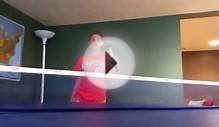
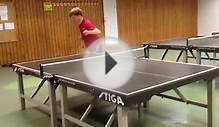
Share this Post
Related posts
Table Tennis Serves video
If you are a beginner, or fairly new to table tennis, learning a couple of ‘good’ serves can make all the difference in your…
Read MoreGood Table Tennis Bats
Nothing confuses new ping-pong players more than trying to decide what their first serious bat should be. It s an important…
Read More
